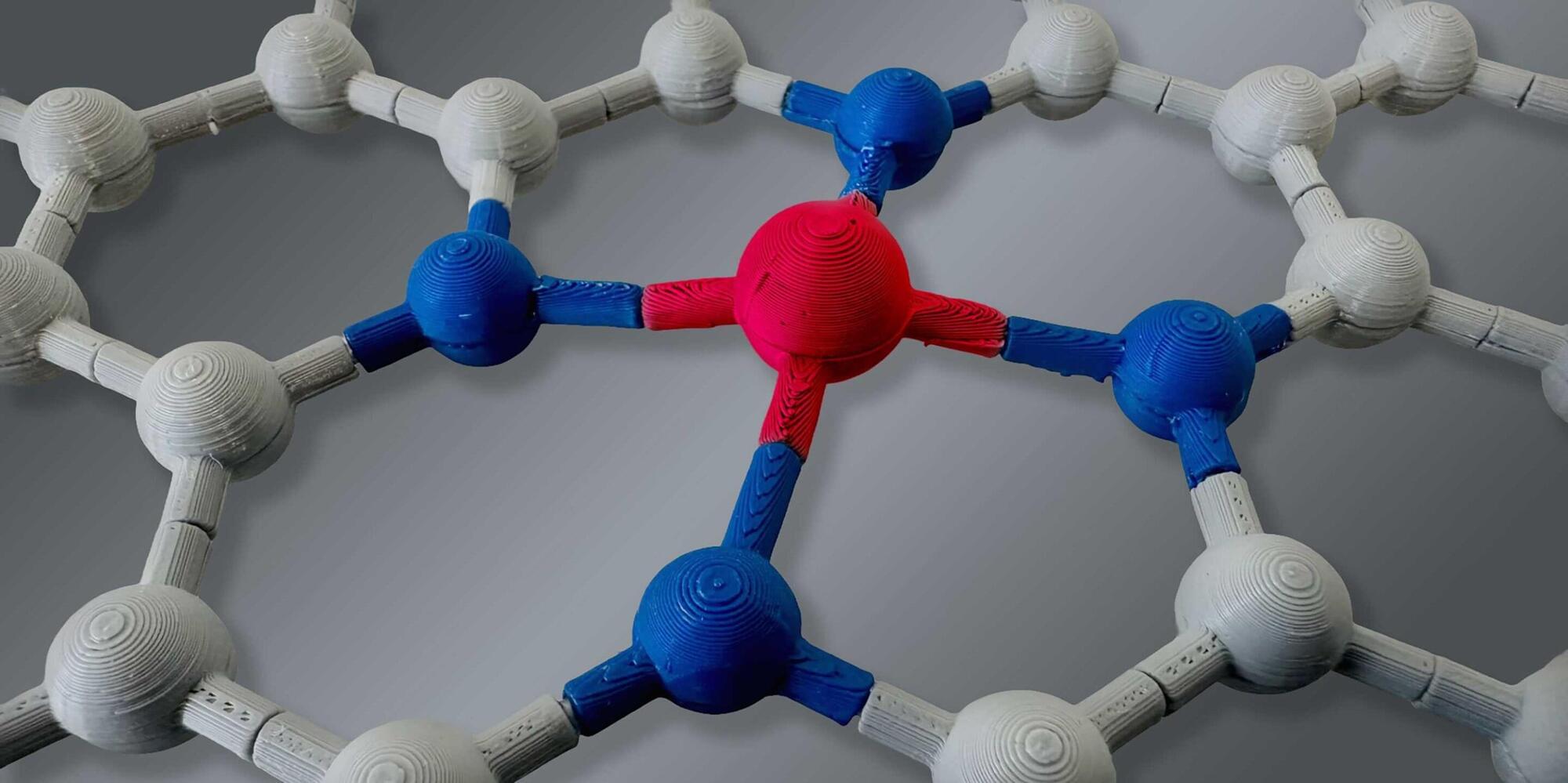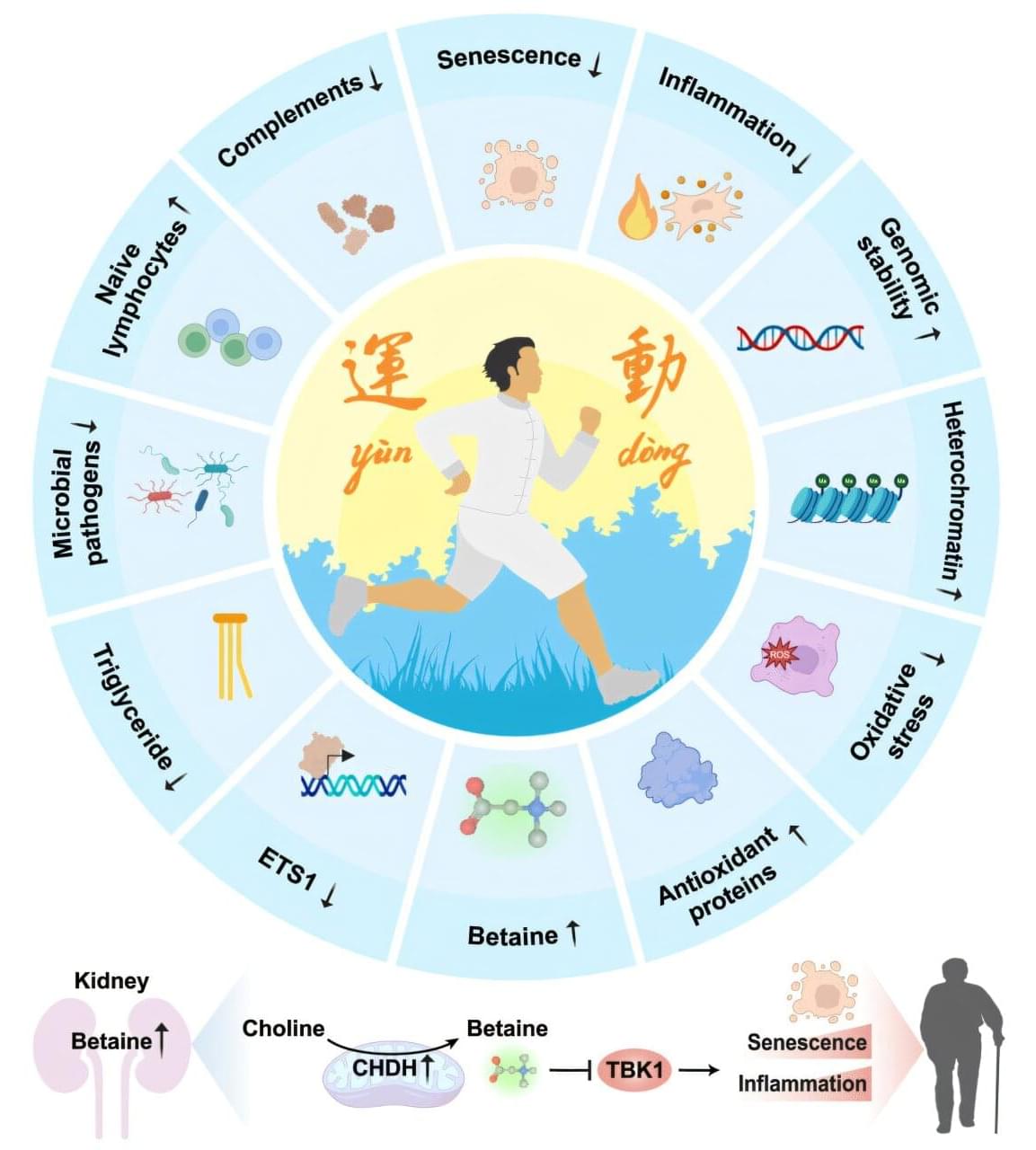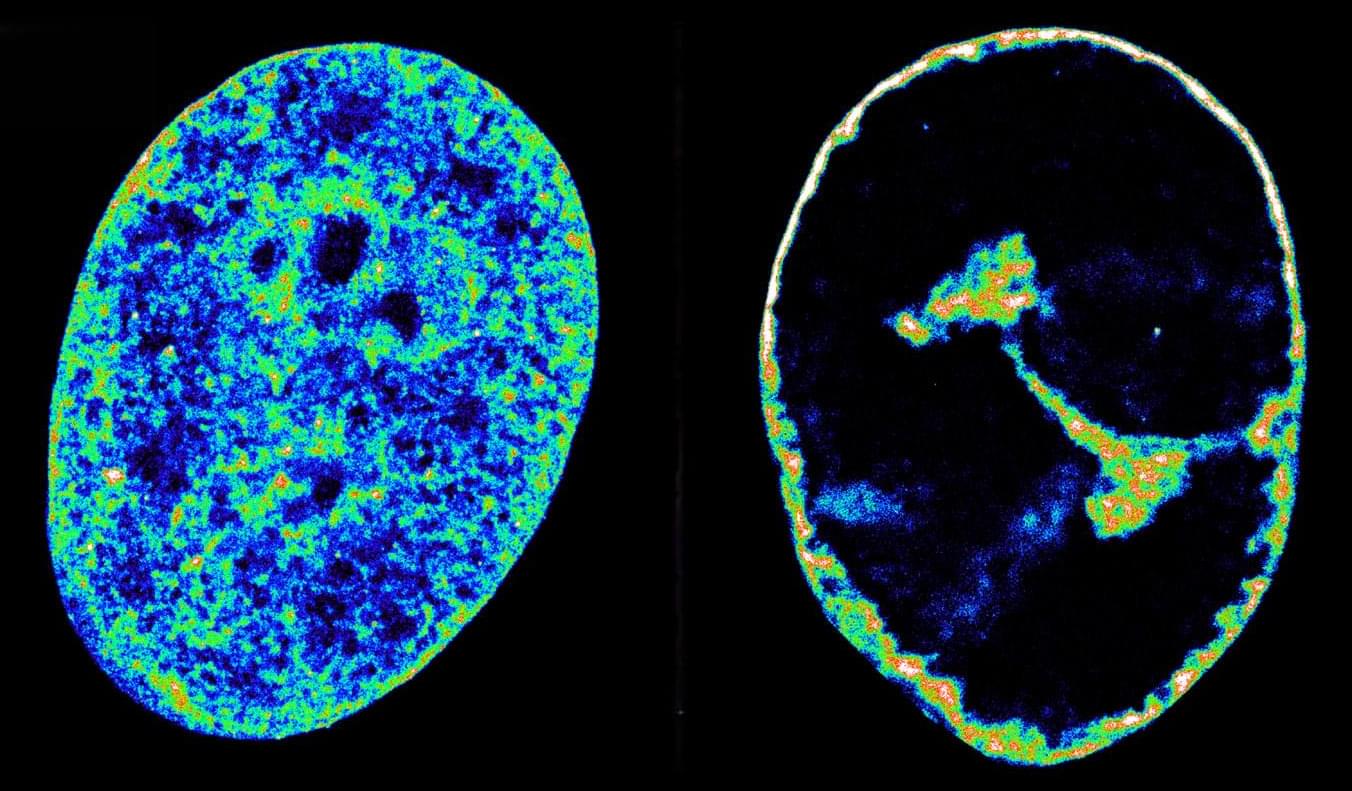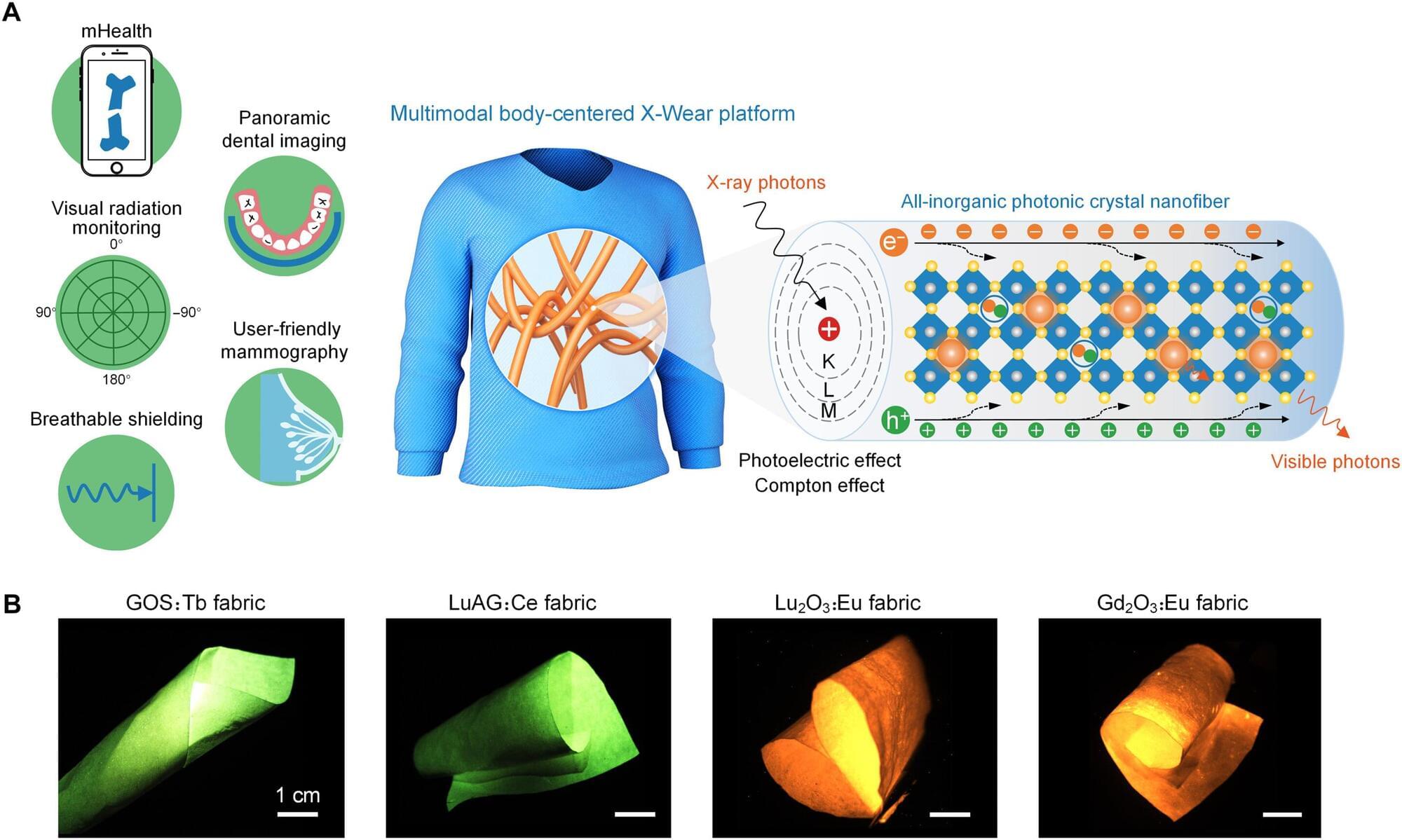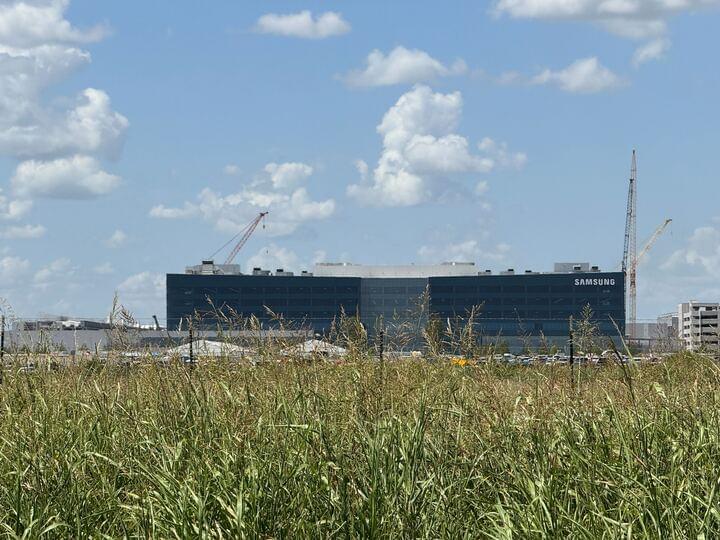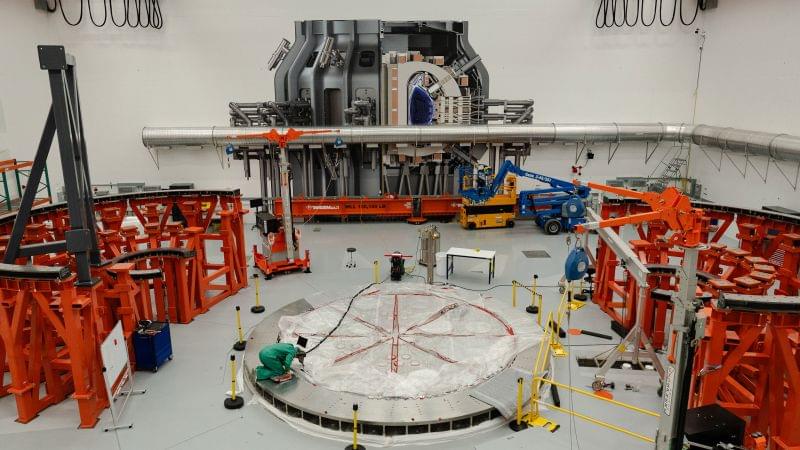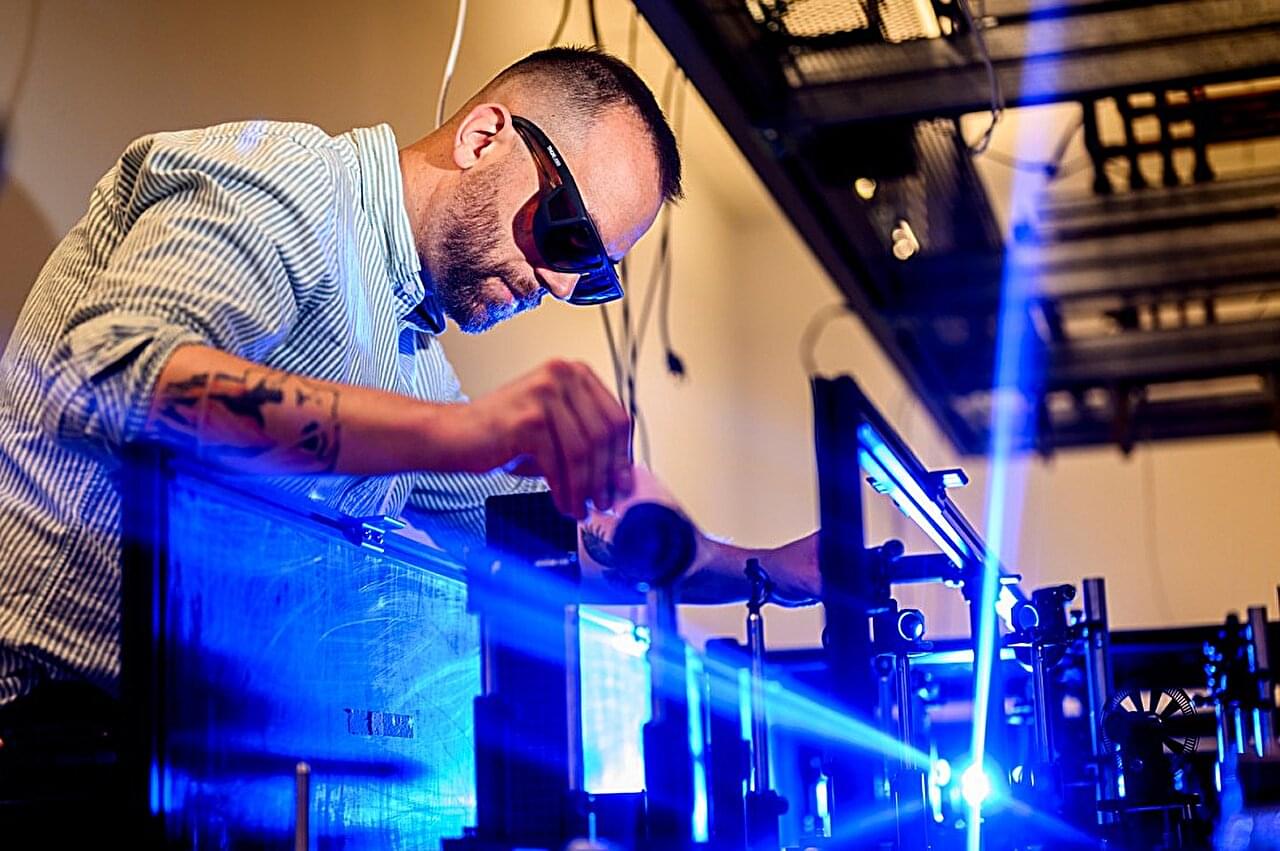Every breath we take in contains 21% oxygen, the gas that makes life on Earth possible. Oxygen, in its combined oxide state, has always been abundant in Earth’s crust, but elemental diatomic oxygen became part of our atmosphere around 2.4 to 2.5 billion years ago as a gift from cyanobacteria, which triggered the Great Oxidation Event and breathed life into Earth.
A joint venture between NASA Goddard Space Flight Center and the University of Leeds discovered that the Earth’s magnetic field strength and atmospheric oxygen levels over the past 540 years have seemed to spike and dip at the same time, showing a strong, statistically significant correlation between the two.
This correlation could arise from unexpected connections between geophysical processes in Earth’s deep interior, redox reactions on Earth’s surface, and biogeochemical cycling.
